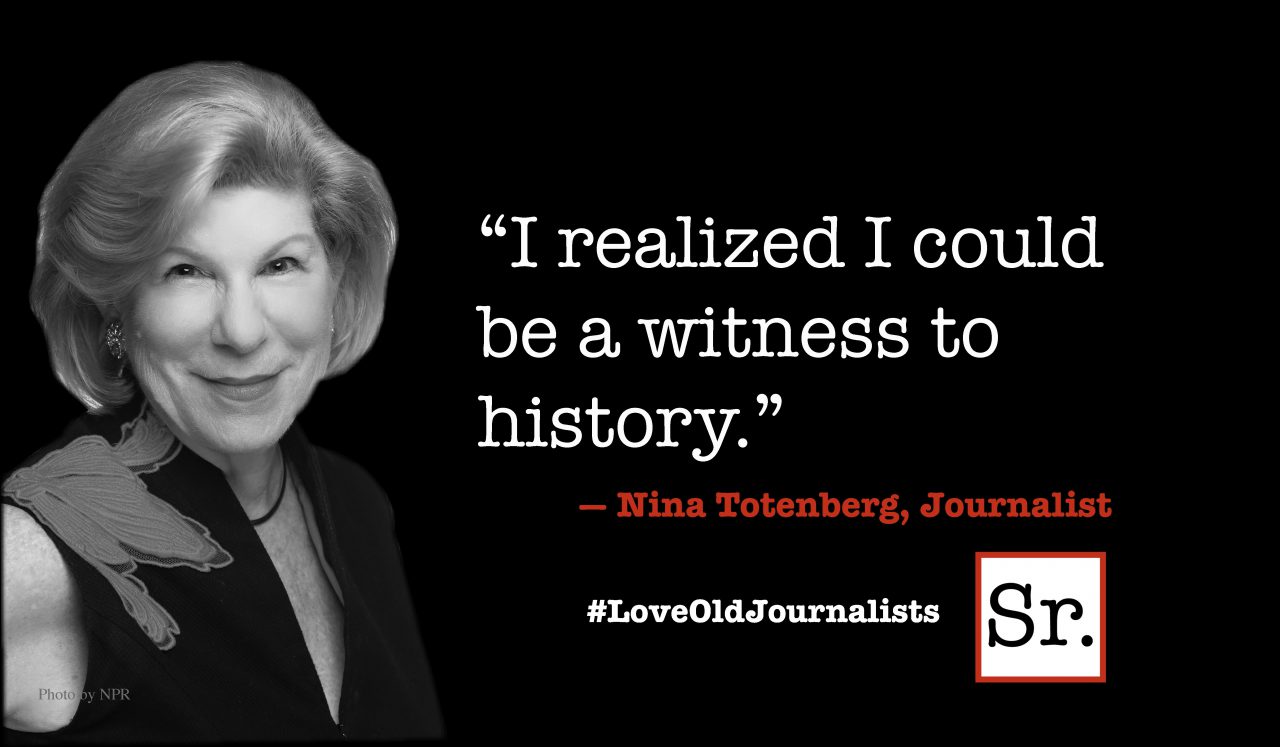I was born and reared in Alabama. My rural school in Muscle Shoals was supported by a religious group that allowed only a cappella singing: no organ, no piano, etc. Only congregational singing was permitted, so there was no choir or soloist.
I learned to sing with “shape note” music. Never heard of shape notes? They helped people without formal music training learn new songs. They were popular in the South when I was growing up. Shape Note music assigns a syllable to each note with simple shapes representing the notes on the musical scale. Instead of the sounds: do, re, mi … it uses shapes.
Even though “do-re-mi-fa-so-la-ti-do” is some help as a guide for beginners, it is simpler to use geometric shapes rather than syllables: a pyramid shape for “do”, a salad bowl for “re”, a diamond for “mi”, a pennant for “fa”, an oval for “so”, a rectangle for “la”, a Chinese fan for “ti”, and another pyramid brings us back to “do”. These shapes are used for the head of a note and attached to an otherwise-standard note stem. When learning new music the congregation usually sang the syllables first and then added the words.
I learned to sing all four parts: soprano, alto, tenor and bass. As I grew older, I developed a 4-octave vocal range mimicking my mother (a high soprano), my father (a low bass) and all the parts in between!
By the time I was 5 years old, I had memorized over 100 gospel hymns. I was given a table to stand on and encouraged to lead assembly singing at my church-sponsored school.
The inspiration of that style of music still is a part of my songwriting and musical score arranging today.
During high school, I learned to accompany myself on guitar and string bass. My first band featured rockabilly music. My pianist was Donnie Fritts who gained fame as a songwriter for Ray Charles and was a long-time accompanist for Kris Kristofferson.
I attended college and then lived in Nashville, Tenn. for a year. I hung out backstage at the Grand Old Opry and jammed with Bluegrass musicians from the Bill Monroe band, including renowned fiddler Vassar Clements. My early interest in songwriting was influenced at Nashville’s Printer’s Alley club, where I was inspired by songwriter/performer Roger Miller who wrote “King of the Road” and other hits.
I frequently drove back to my hometown of Muscle Shoals, Alabama. My musician buddies there were creating the famous “Muscle Shoals Sound” and were filling their walls with gold records from their sessions as accompanists for artists such as Aretha Franklin and Lynyrd Skynyrd. Muscle Shoals Sound was and is a wonderful mix of country music, blues, and gospel created by black and white artists.
Another high school friend was Jon Rosenbaum, a young writer whose parents had commissioned Frank Lloyd Wright to design their home. I was a frequent guest there. I was intrigued not only by the architecture but by the architect, Frank Lloyd Wright. I arranged an introduction and received a position as a draftsman at his school of architecture, Taliesin West, in Ariz. Thus, in 1961, I moved west to begin a new chapter in my life.








